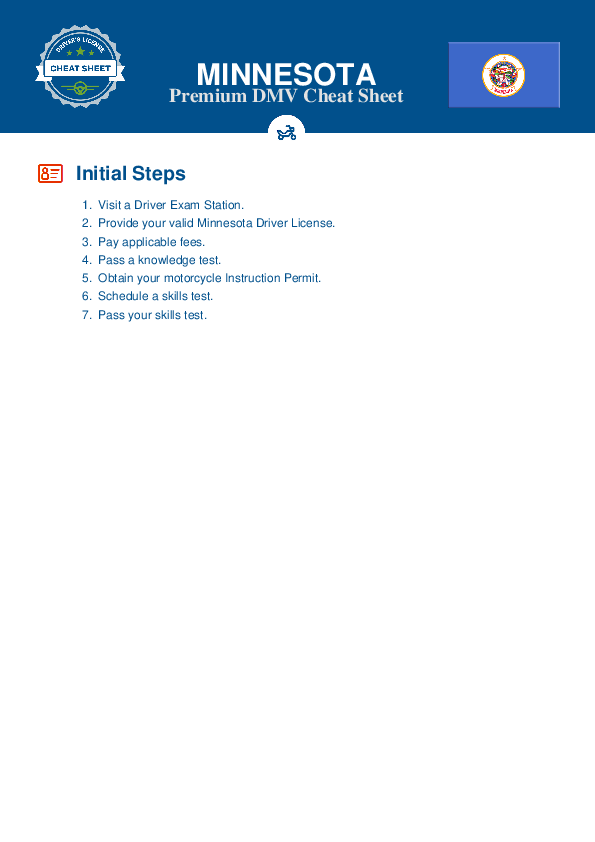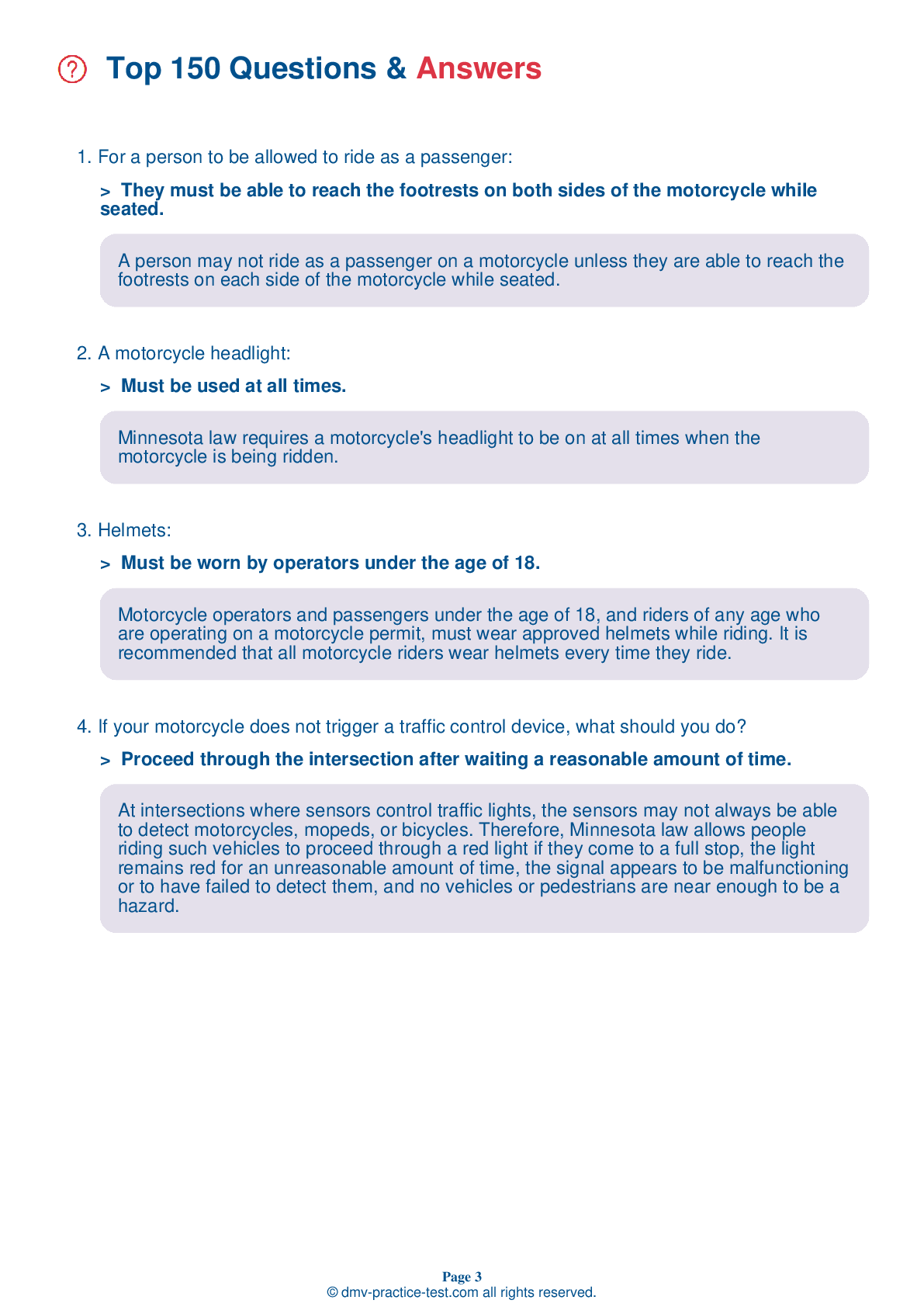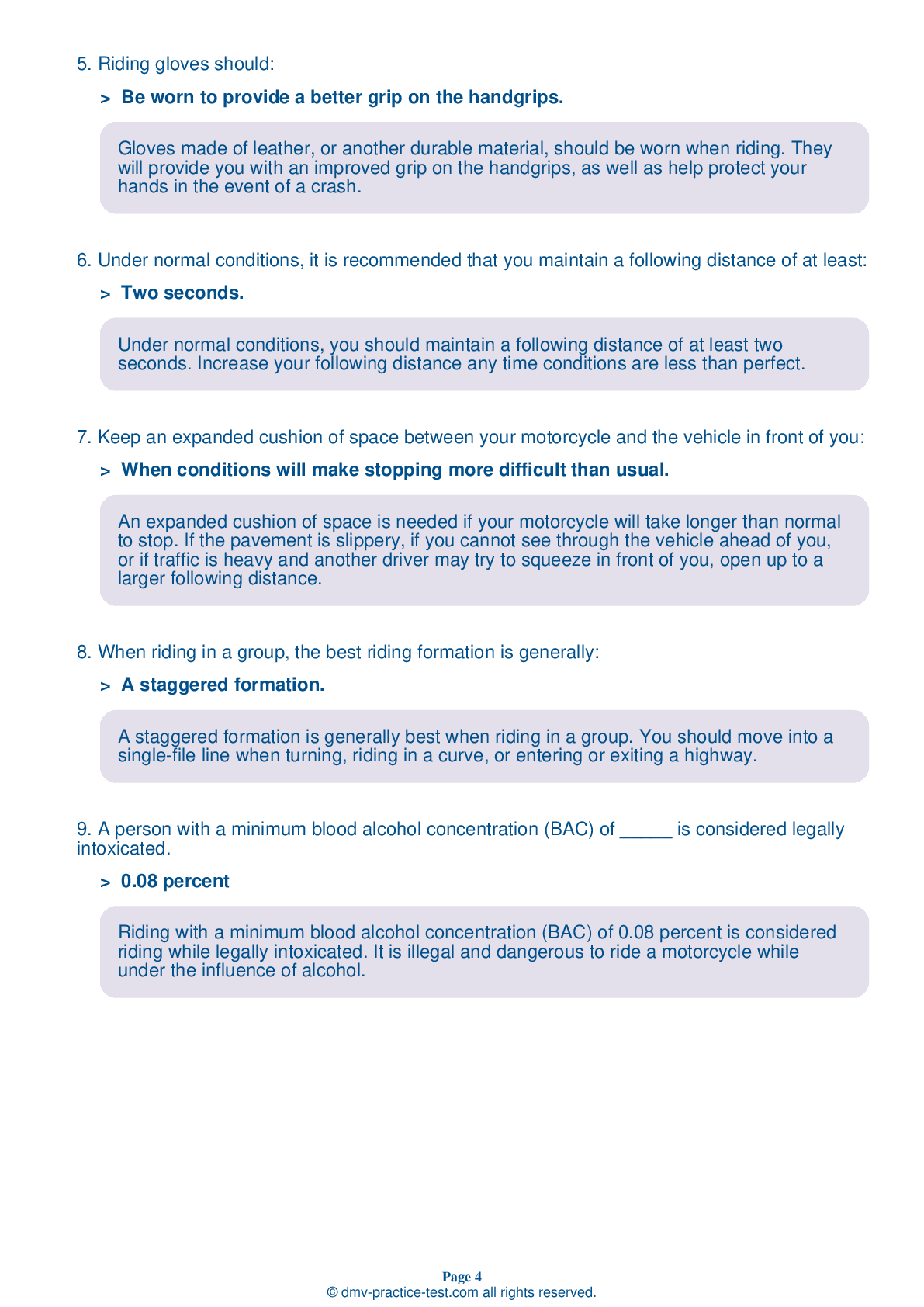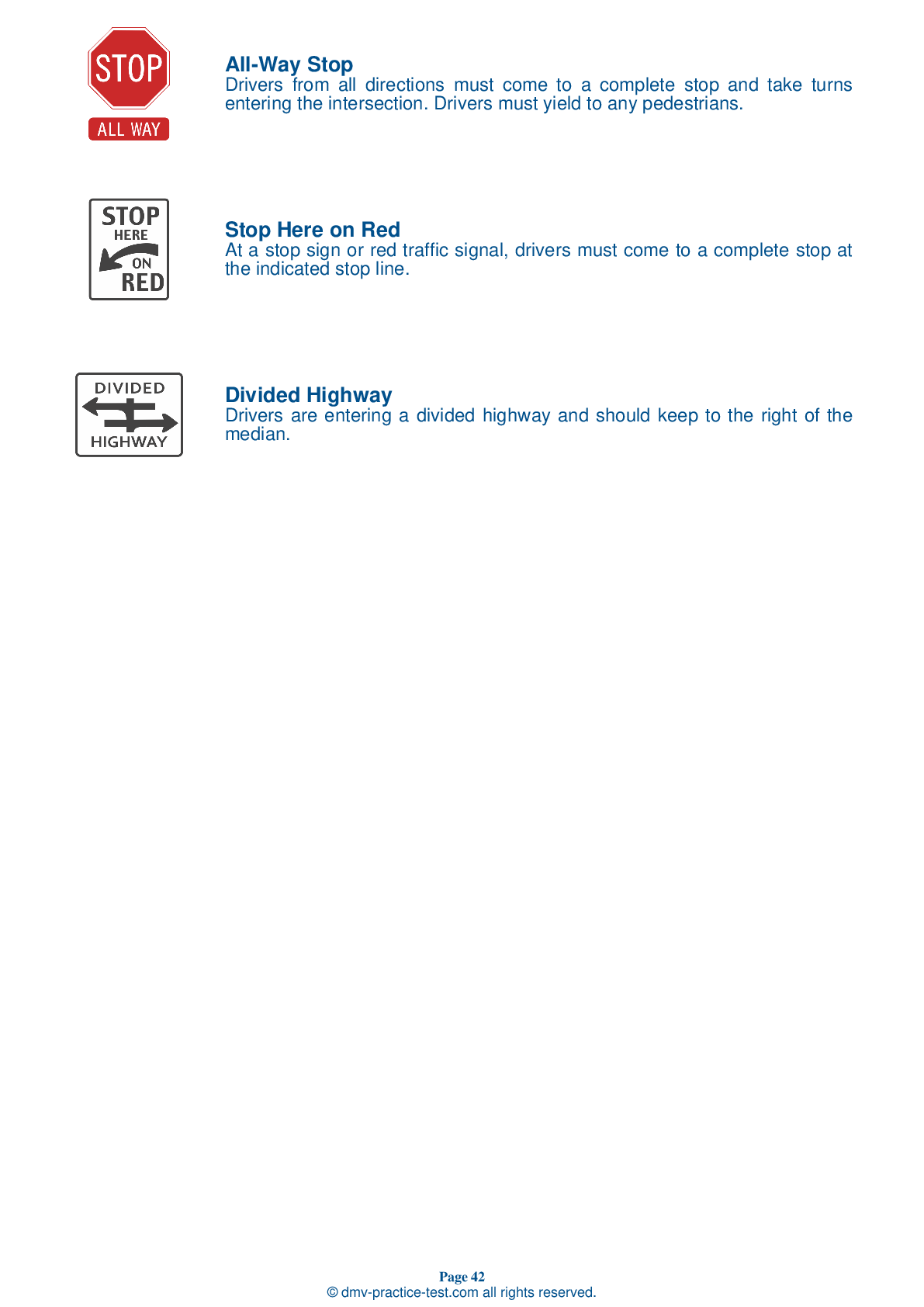Motorcycle Test | License MN 2025 | FREE Online Practice! #2
Take this FREE motorcycle test (license in MN 2025) to check your knowledge of the road rules. To improve your results, download a motorcycle handbook online, study theory, and practice for free on our website. Still worried about how to get a motorcycle license in Minnesota in 2025? Check our website for more sample tests, train as much as possible, and boost your grades!
1 . If attempting to brake in a curve, you should:
Because tires have less traction when a motorcycle is leaning than when it is upright, always try to position your motorcycle in an upright position before braking. If you must brake while in a curve, apply the brakes more smoothly and gradually than if your motorcycle was traveling on a straightaway.
2 . When upshifting, the first thing you should do is:
When upshifting, you should first roll off the throttle as you squeeze the clutch lever. Next, lift the shift lever firmly as far as it will go. Smoothly ease out the clutch and roll on the throttle as you complete the gear shift.
3 . Which of the following will help you ride safely on slippery surfaces?
When riding on slippery surfaces, reduce your speed, brake using both brakes, and avoid sudden moves. Avoid the center of the lane and instead follow tire tracks left by cars. Always keep an eye out for hazards that may make a road surface especially slippery, such as oil spots and loose gravel.
4 . For a person to be allowed to ride as a passenger:
A person may not ride as a passenger on a motorcycle unless they are able to reach the footrests on each side of the motorcycle while seated.
5 . Which of the following surfaces provides the best traction for a motorcycle?
A number of surfaces can provide poor traction for tires. Wet pavement; roads covered in loose gravel or sand; muddy, snowy, or icy areas; painted lane markings; and metal covers and plates in the road can be more hazardous for a motorcyclist than dry pavement.
6 . As the motorcycle’s weight moves forward while braking, you:
As your weight shifts forward while you are braking, the amount of traction available to the front wheel increases. This means that you can begin to apply the front brake harder.
7 . While accelerating a motorcycle with a sidecar, you should:
A sidecar adds additional weight to one side of your motorcycle. During acceleration, steer slightly in the direction opposite the sidecar to maintain a straight line path.
8 . When carrying a passenger, a motorcyclist should tell the passenger to:
Even if your passenger is also a motorcyclist, you should give them complete safety instructions before leaving on a trip. Ask them to get on the motorcycle only after you have started the engine. They should sit as far forward as possible without crowding you and firmly hold onto your waist, hips, or belt. They should keep both feet on the footrests at all times, even when the bike is stopped.
See the exact questions that will be on the 2025 Minnesota DMV exam.
99.2% of people who use the cheat sheet pass the FIRST TIME
Jeneen was tired of paying $5/gallon. She got herself a scooter that required the motorcycle license. She studyed the motorcycle test cheat sheet and passed her test the next day!
Christopher tells us how he knew nothing prior to obtaining the motorcycle study guide, and he only got one question wrong because he clicked on the wrong answer by mistake.



